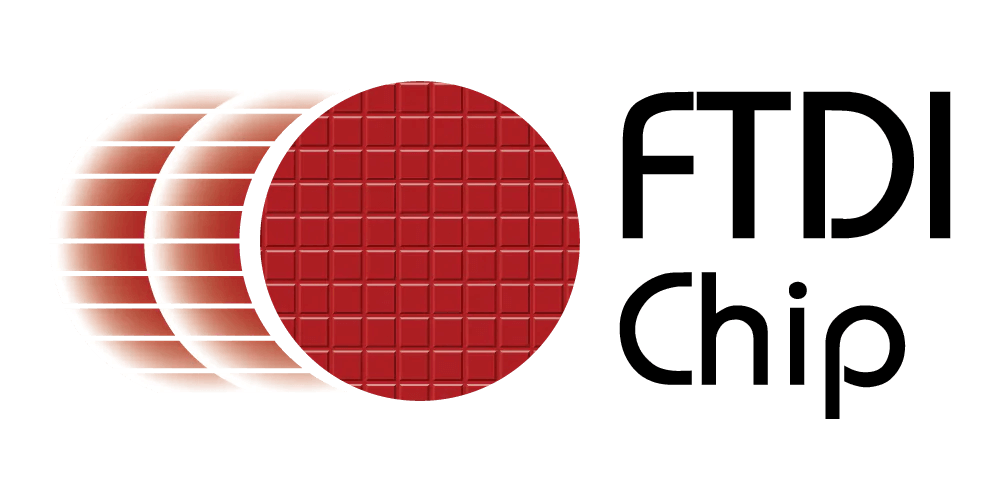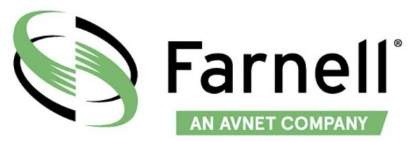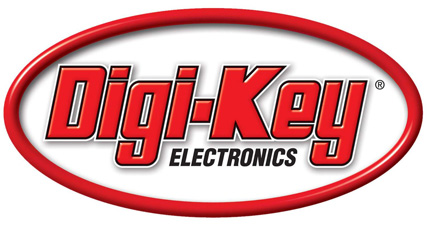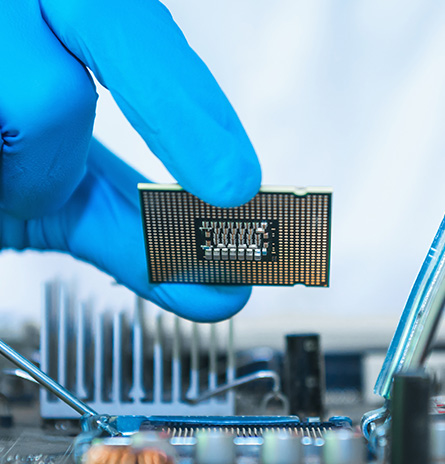Medical Monitoring
USB (Universal Serial Bus) technology plays a crucial role in medical monitoring by providing a standardized interface for connecting a wide range of devices and facilitating the transfer of data.
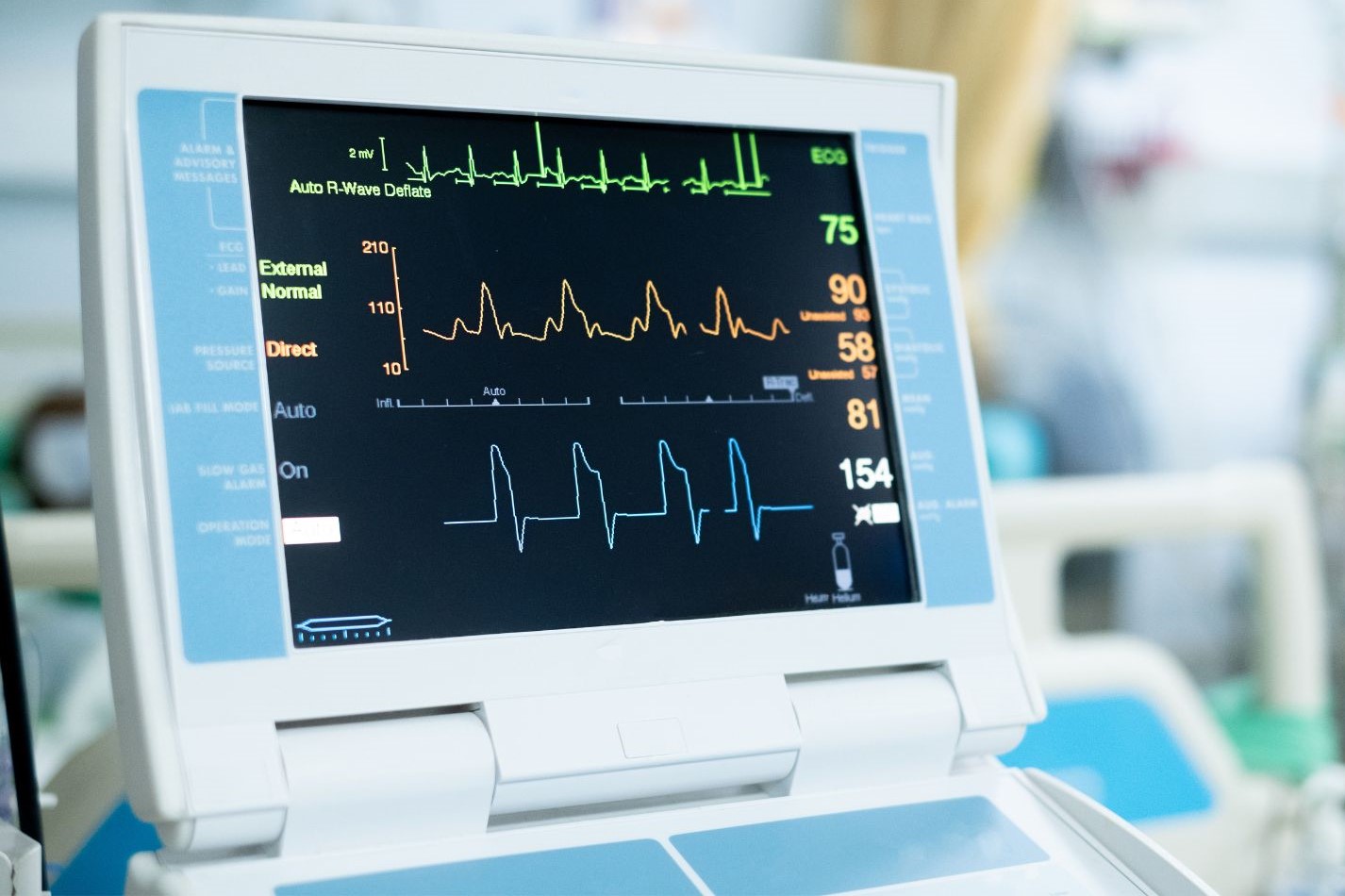
Here’s how USB technology impacts medical monitoring:
Device Connectivity
USB ports are ubiquitous in medical monitoring equipment, allowing for the easy connection of various devices such as:
-
- Ultrasound Probes
Many portable ultrasound devices connect via USB, enabling quick and easy setup and use.
Data Transfer and Storage
USB technology is essential for the transfer and storage of large medical imaging files. Its benefits include:
-
- Speed
USB 3.0 and newer versions offer high-speed data transfer, which is crucial for handling large imaging files such as those from CT scans, MRIs and 3D imaging.
-
- Ease of Use
Plug-and-play capability ensures that devices can be easily connected and recognized without the need for complex setup procedures.
Interoperability
USB’s standardization allows for interoperability between different devices and systems, which is vital in a healthcare setting where equipment from various manufacturers needs to work together seamlessly.
Patient Monitoring and Real-time Imaging
USB technology enables real-time data transfer, which is critical for patient monitoring and during procedures that require immediate imaging feedback. For example:
-
- Point-of-care Ultrasound
These devices can provide instant imaging results, which can be crucial in emergency settings.
-
- Wearable Devices
USB can be used to download data from wearable health monitors that track various physiological parameters and provide continuous imaging data.
Software Integration
Many medical imaging devices connected via USB are accompanied by software that can run on popular operating systems such as Windows, Linux and Android. This software integration allows for:
-
- Image Analysis and Enhancement
Advanced software can process and enhance images, aiding in diagnosis.
-
- Data Management
Software solutions can help manage and organize imaging data, ensuring it is easily accessible and securely stored.
USB technology has significantly enhanced the capabilities and convenience of medical monitoring by providing a reliable and versatile interface for connecting devices, transferring data and powering equipment. Its role in ensuring interoperability, facilitating real-time imaging and enabling the integration of advanced software solutions makes it a cornerstone in the field of medical monitoring.
FTDI’s FT600 / FT601 are ideal candidates for this type of application with the following features and specifications:
The FT600 / FT601 is a USB 3.0 to FIFO interface bridge chip with the following advanced features:
-
- Supports USB 3.0 Super Speed (5Gbps) / USB 2.0 High Speed (480Mbps) / USB 2.0 Full Speed (12Mbps) transfer.
- Supported USB Transfer Type: Control / Bulk / Interrupt.
- Up to 8 configurable endpoints (Pipes).
- Supports 2 parallel slave FIFO bus protocols – FT245 and FIFO mode, FT601 with 32-bit parallel interface has a data bursting rate up to 400MByte/s.
- Supports 4 IN channels and 4 OUT channels on FIFO bus connectivity.
- Built-in 16kB FIFO data buffer RAM.
- Supports Remote Wakeup capability.
- Supports multi voltage I/O: 1.8V, 2.5V and 3.3V.
- Configurable GPIO support.
- Internal LDO 1.0V regulator.
- Integrated power-on-reset circuit.
- User programmable USB descriptors.
- Supports Battery Charging spec. BC1.2 battery charging detection.
- Available as FT600-16bit/FT601-32bit FIFO interface.
- Industrial operating temperature range: -40 to 85⁰C.
- Available in compact Pb-free QFN-76(32bit) and QFN-56(16bit) packages (both RoHS compliant).
An example that uses FT601 is a compact radar system in retirement homes that can detect when a resident falls or has a health emergency. The FT601 transfers radar data to an embedded system and notifies first responders if there is a hazard to life or limb.
The block diagram shows how this type of application is being connected.

Recommended ICs:
